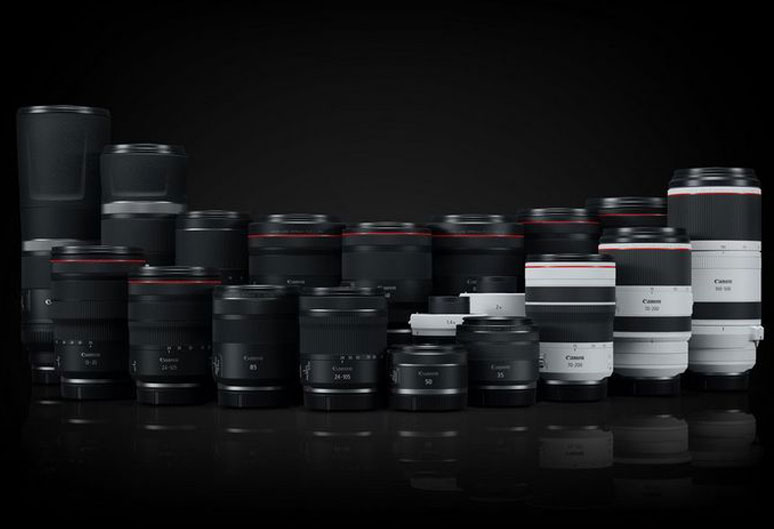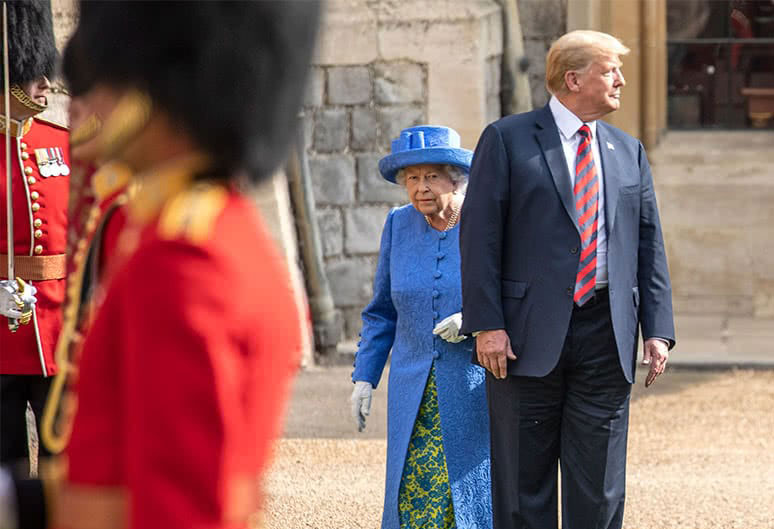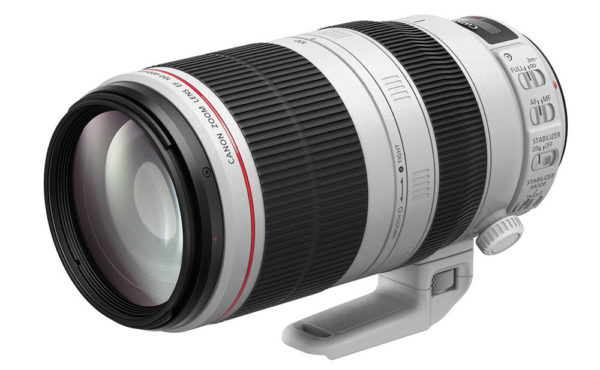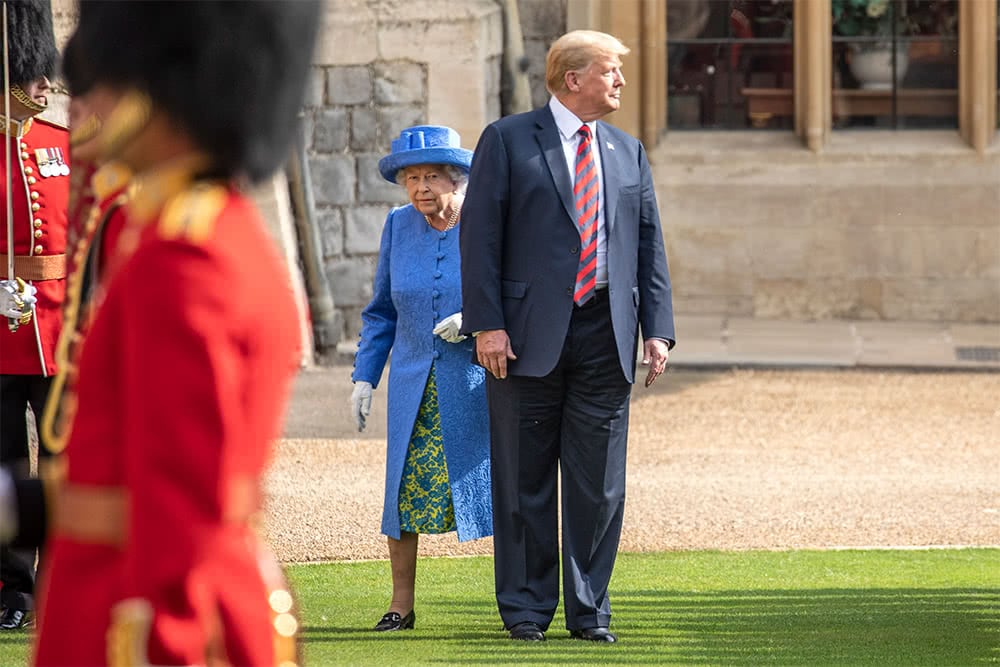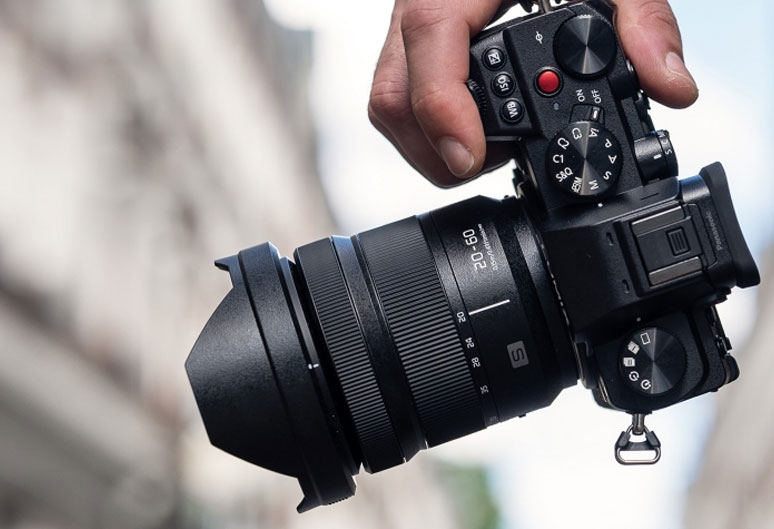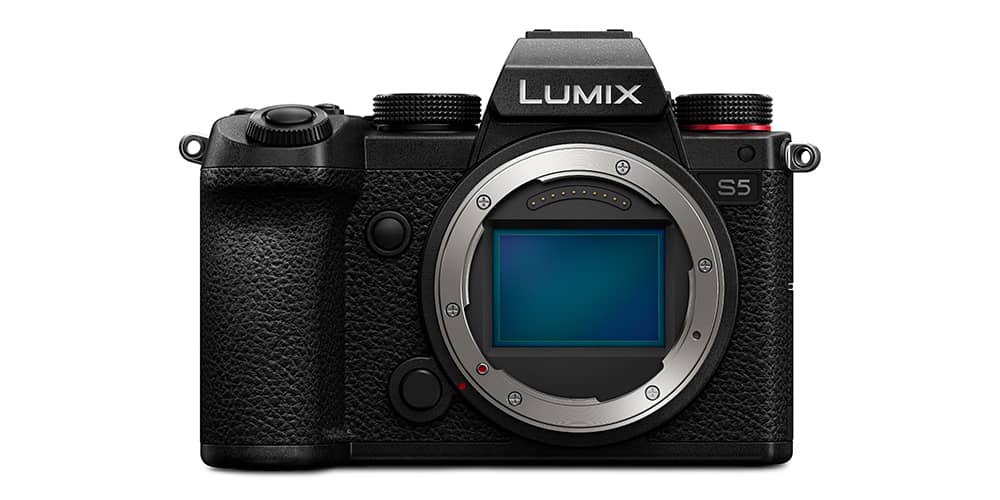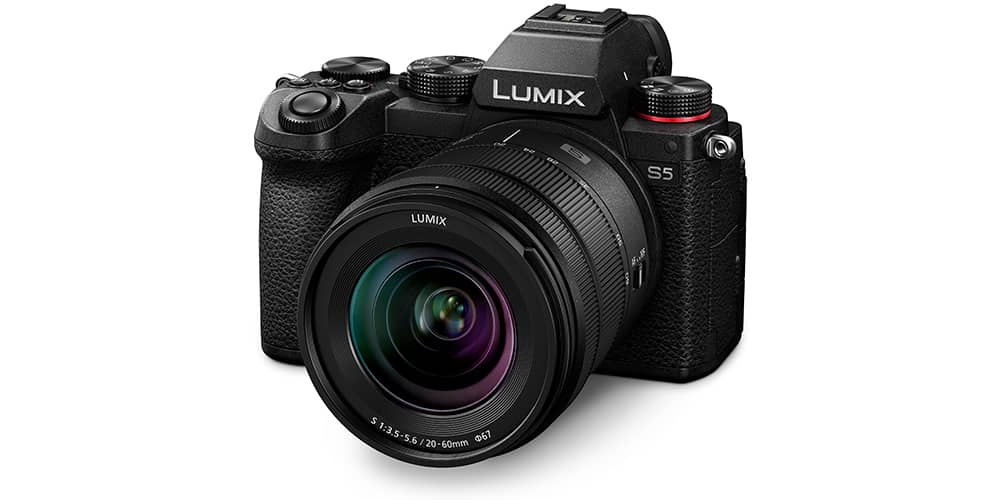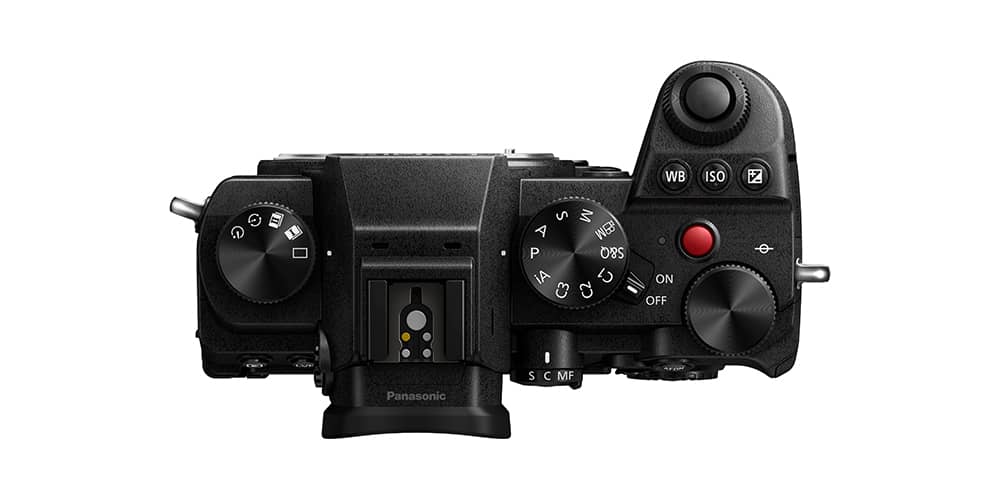Whether you’re already sold on upgrading to Canon’s EOS R mirrorless system, or are perhaps just flirting with the idea, one of your first questions is likely to be: “What are the lenses like?”
After all, no matter how great a body is, however many extra features like silent shooting or 6K movies it manages to cram in, none of it means a thing if the glass isn’t up to snuff. And while you can use your EF glass on RF bodies with ease and full functionality, thanks to the impressive EF to RF adapting system (see our blog for a breakdown of how this works), if you’re going to be using a system long term then you want to know what the native lens selection is like. Has Canon done a good enough job filling it out? Are they sharp enough, long enough, fast enough?
The answers to these questions will of course differ for everybody, depending on what kind of shooting they do, but we’ve had a look through the RF lens catalogue and in our considered opinion, there’s a cracking selection there for pretty much any photographer. So, we’ve put together this complete guide to native RF lenses, which we’re going to keep up to date with all the latest releases, so you can use it as a handy reference point to see whether the RF system has the lenses you need.
RF-mount
Canon’s RF-mount for its EOS R system uses a 12-pin connection system, as opposed to the 10-pin connection on EF mount. This allows for much faster communication between lens and camera, which enables all sorts of useful features. Not only is RF autofocus faster, but the image stabilisation is much more effective (up to eight stops with the right combination of lens and camera), and it also allows cameras to store and use correction profiles for the characteristics of specific lenses, making distortion a thing of the past.
Our guide to Canon RF lenses
We’ve divided our guide into zoom lenses and prime lenses, and ordered the individual entries from wide to telephoto, so it should be easy to find the type of lens you’re looking for. We may also add third-party lenses into the guide as well in the near future, but for now, let’s get started on our complete guide to Canon RF lenses!
RF Prime Lenses
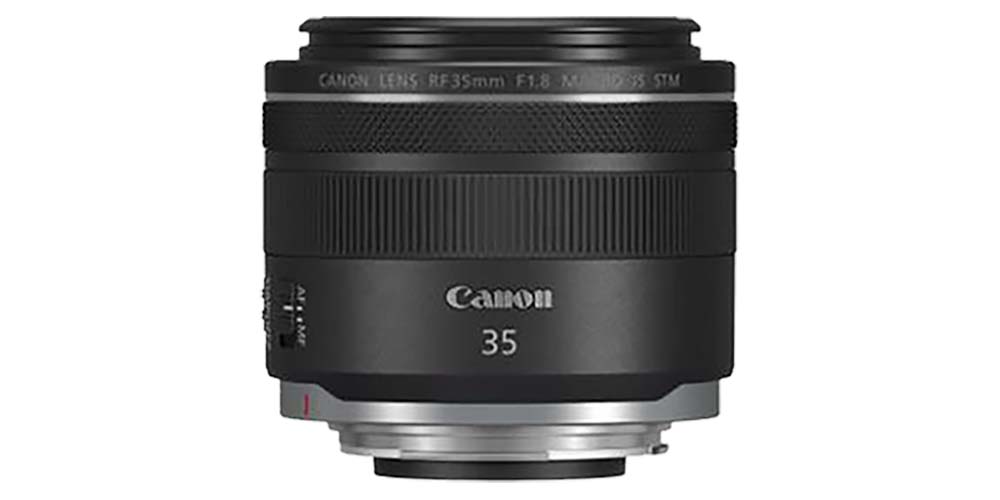 Canon RF 35mm F1.8 MACRO IS STM
Canon RF 35mm F1.8 MACRO IS STM
Canon RF 35mm F1.8 MACRO IS STM
Blending speed and 1:2 macro capability, this wide-angle prime lens is a great choice for documentary photographers and macro shooters alike. Weighing in at 305g, it’s a good choice for those who like to travel light, and a construction of nine elements in nine groups ensures that images are pin-sharp from corner to corner. The inclusion of a 5-stop image stabiliser isn’t bad either!
Best for: Architecture, documentary, macro
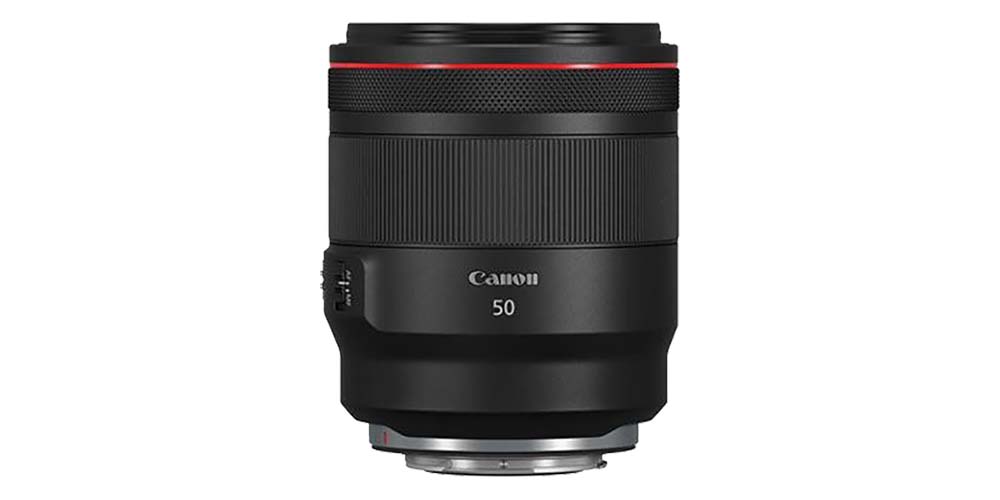 Canon RF 50mm F1.2L USM
Canon RF 50mm F1.2L USM
Canon RF 50mm F1.2L USM
No one can argue with a nifty fifty! The Canon RF 50mm F1.2L USM is a shining example of this all-purpose focal length, as implied by that “L” tag, which any Canon-head knows is the mark of the firm’s best lenses. The RF 50mm F1.2L USM delivers outstanding quality and sharpness right to the edges of the frame, with a professional-grade f/1.2 aperture and USM autofocus, and that L-series build means it’s a pro-spec lens inside and out.
Best for: All-purpose street shooting, everyday professional use
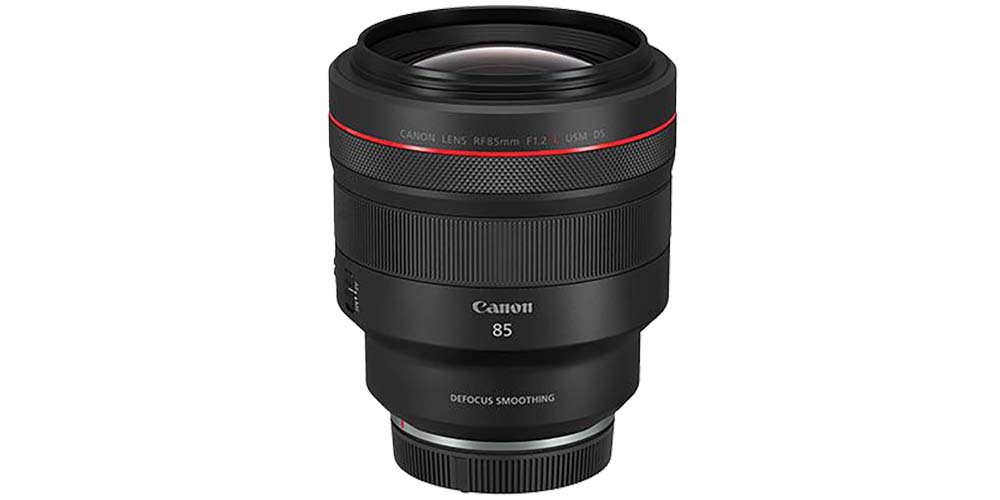 Canon RF 85mm F1.2L USM DS
Canon RF 85mm F1.2L USM DS
Canon RF 85mm F1.2L USM DS
A portrait lens designed for those who want the ultimate in sharpness, this large-aperture lens has been treated with Canon’s DS coating – “DS” stands for “Defocus Smoothing”, and is specifically designed to modulate out-of-focus highlights when the lens is used wide open, rendering them smoother and more pleasing. This coating is used on two elements in the lens, the overall effect being that this is one of the finest, sharpest, most aesthetically pleasing portrait lenses around.
Best for: Portrait shooters demanding uncompromising sharpness
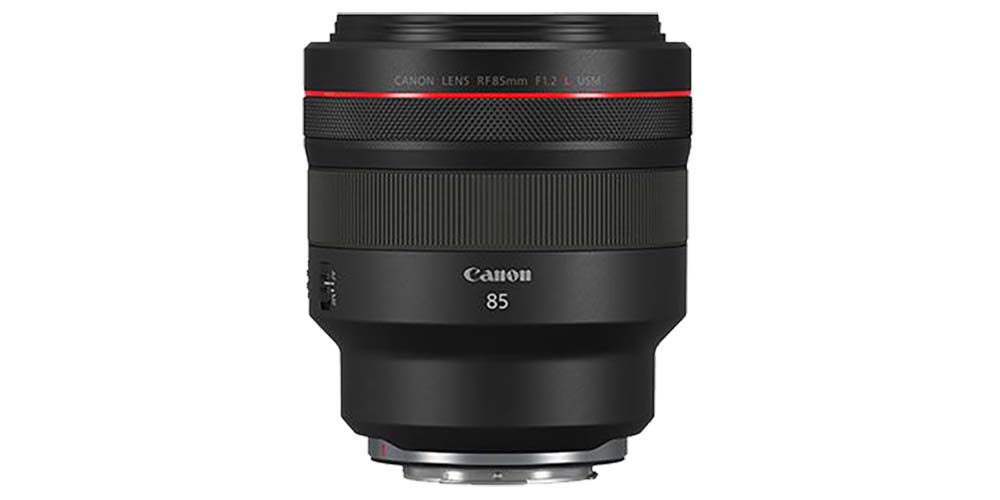 Canon RF 85mm F1.2L USM
Canon RF 85mm F1.2L USM
Canon RF 85mm F1.2L USM
The slightly stripped-back version of the DS lens, this is still a fabulous portrait optic in its own right, just without the Defocus Smoothing coating. Equipped with a wide f/1.2 aperture and a ground aspheric lens element designed to eliminate the spherical aberrations such a wide aperture typically causes, as well as Blue Spectrum Refractive (BR) optics to deal with colour aberrations, this is a sublime portrait lens.
Best for: Portrait shooters
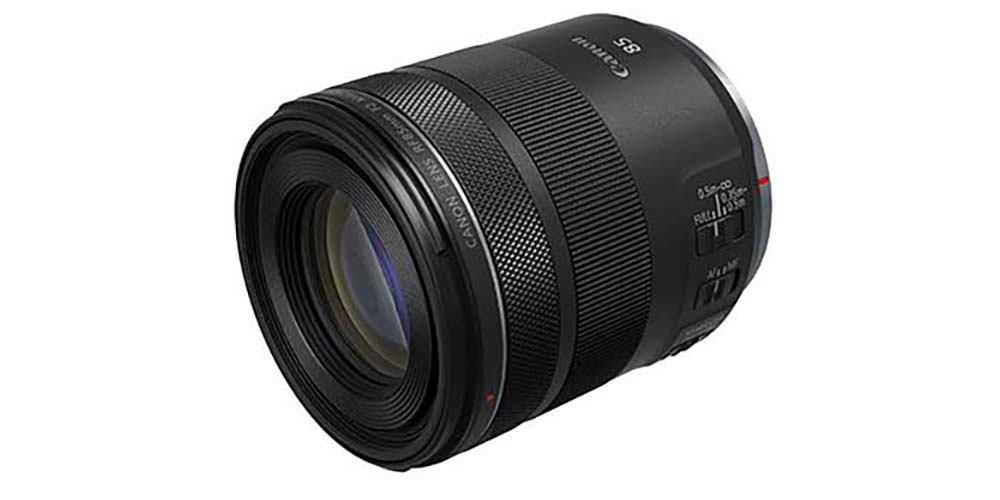 Canon RF 85mm F2 MACRO IS STM
Canon RF 85mm F2 MACRO IS STM
Canon RF 85mm F2 MACRO IS STM
A portrait lens that’s significantly more affordable than the F1.2 optics, the Canon RF 85mm F2 MACRO IS STM also provides the added bonus of being a 1:2 macro lens. Weighing just 500g and packing an optical construction of 12 glass elements in 11 groups, the RF 85mm F2 can focus at close distances of down to 35cm, so you have real versatility in terms of subject position.
Best for: Portrait shooters on a budget; macro and close-up photographers
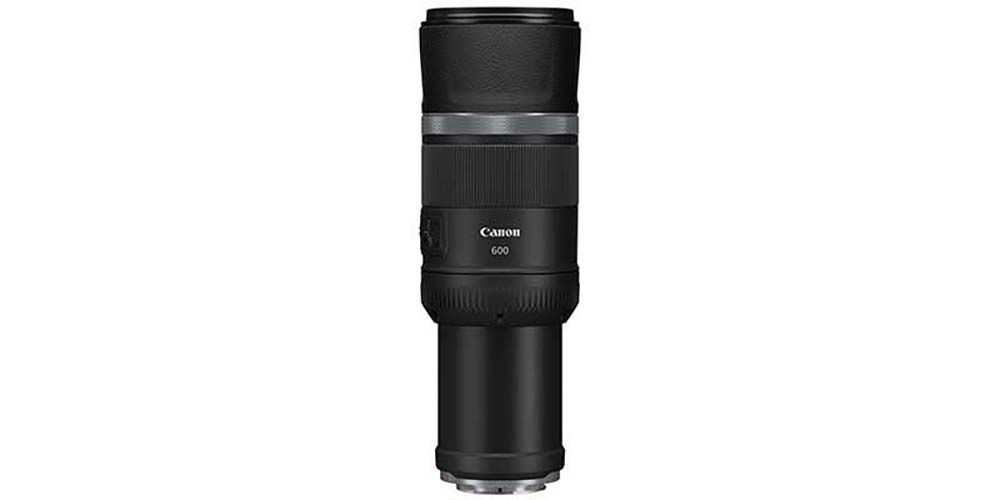 Canon RF 600mm F11 IS STM
Canon RF 600mm F11 IS STM
Canon RF 600mm F11 IS STM
The first of a duo of new telephoto primes for RF-mount, the Canon RF 600mm F11 IS STM raised eyebrows on announcement. A fixed aperture of f/11, that you can’t go above or below?! This may seem bonkers, but it’s a choice with many practical upsides – the lens is incredibly lightweight for a super-telephoto at 930g, and the fixed aperture also allows the lens to produce perfectly circular bokeh. It’s an intriguing concept, and available at a really impressive price.
Best for: Wildlife or sports photographers looking for a light setup
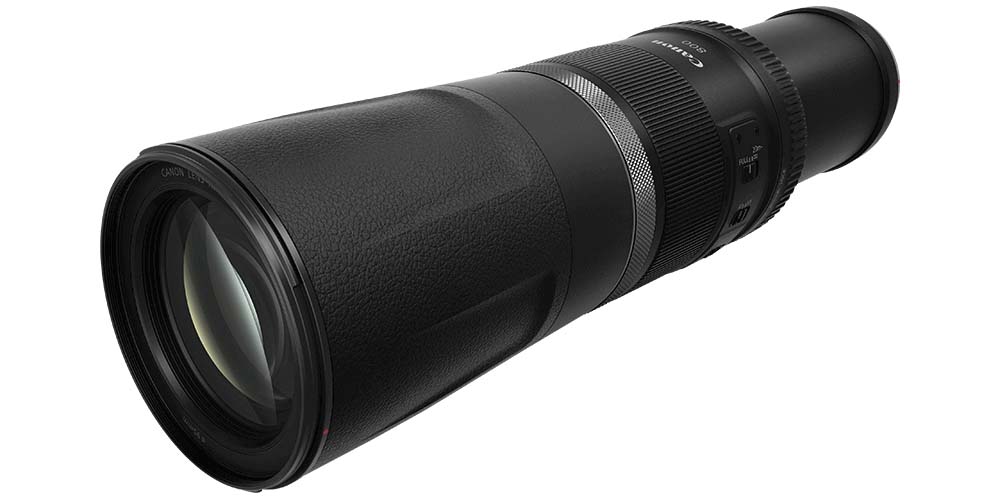 Canon RF 800mm F11 IS STM
Canon RF 800mm F11 IS STM
Canon RF 800mm F11 IS STM
The second of the super-telephoto RF duo also sports the fixed f/11 aperture, and as such is impressively light for an 800mm lens at just 1,260g. Equipped with a four-stop image stabiliser that works with both stills and video, this is an amazing lens for bringing distant wildlife into sharp focus.
Best for: Super-distant safari-shooting on a budget
RF Zoom Lenses
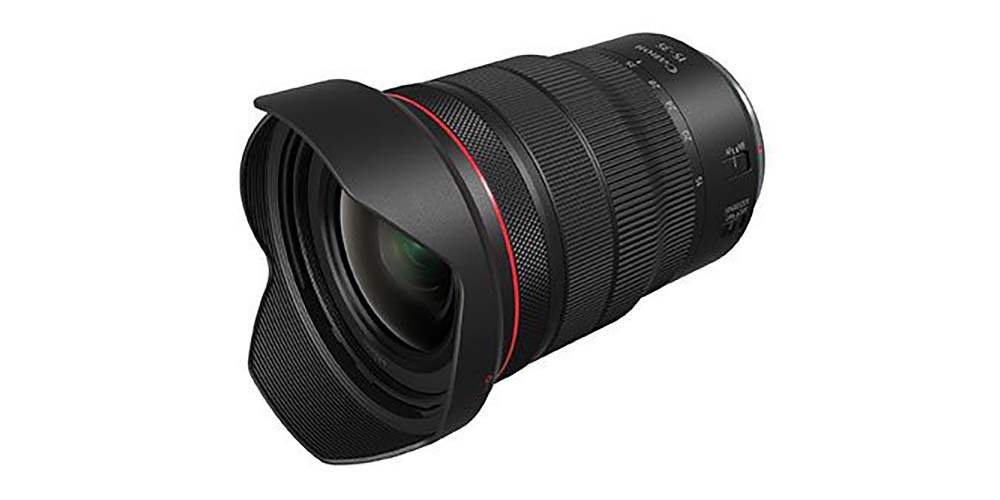 Canon RF 15-35mm F2.8L IS USM
Canon RF 15-35mm F2.8L IS USM
Canon RF 15-35mm F2.8L IS USM
Fast, ultra-wide, well-stabilised and portable – this wide-angle zoom really has it all. It’s an ideal optic for when you need to shoot in cramped or difficult spaces, thanks to its slim form factor, and the nano USM motor inside means the autofocus is smooth and practically silent! Shoot wide scenes in any weather conditions with this highly capable and weather-sealed lens.
Best for: Documentary work, landscapes, architecture
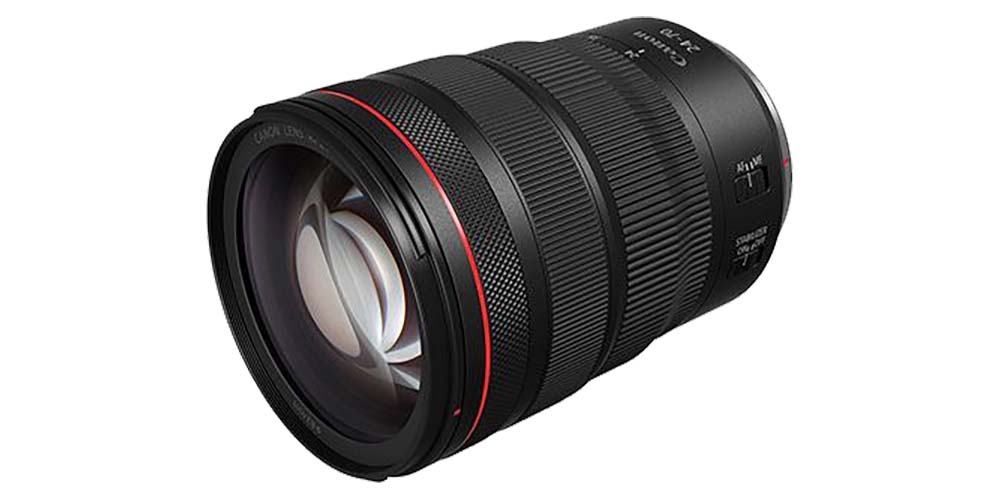 Canon RF 24-70mm F2.8L IS USM
Canon RF 24-70mm F2.8L IS USM
Canon RF 24-70mm F2.8L IS USM
Any pro worth their salt knows the value of a 24-70mm standard zoom, and Canon has come up with a great example of the genre for RF mount. The RF 24-70mm f2.8 is part of a trilogy with the aforementioned 15-35mm lens and Canon’s RF 70-200mm lens (more on which below), the idea being that almost any pro shooter with these three lenses will be covered for all situations.
Best for: Documentary, close-up work, day-to-day shooting
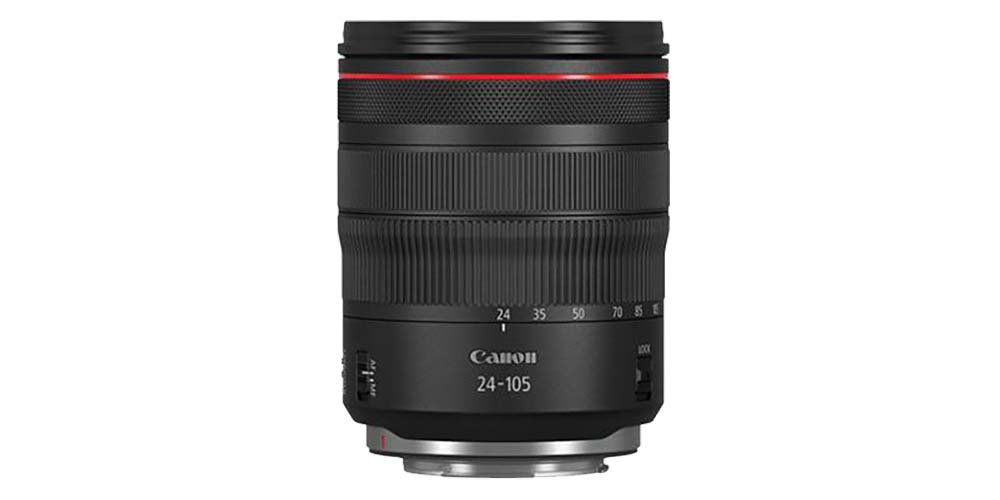 Canon RF 24-105mm f/4L IS USM
Canon RF 24-105mm f/4L IS USM
Canon RF 24-105mm f/4L IS USM
Alternatively, if you don’t fancy shelling out for a trio of lenses, this wide-ranging zoom is a good everyday all-in-one lens for the roaming photographer or videographer. More affordable than many of the flashier L series lenses, this optic is built for travel, balancing versatility with toughness. Want flexibility? This is your one-stop-shop.
Best for: Travel, single-lens setups
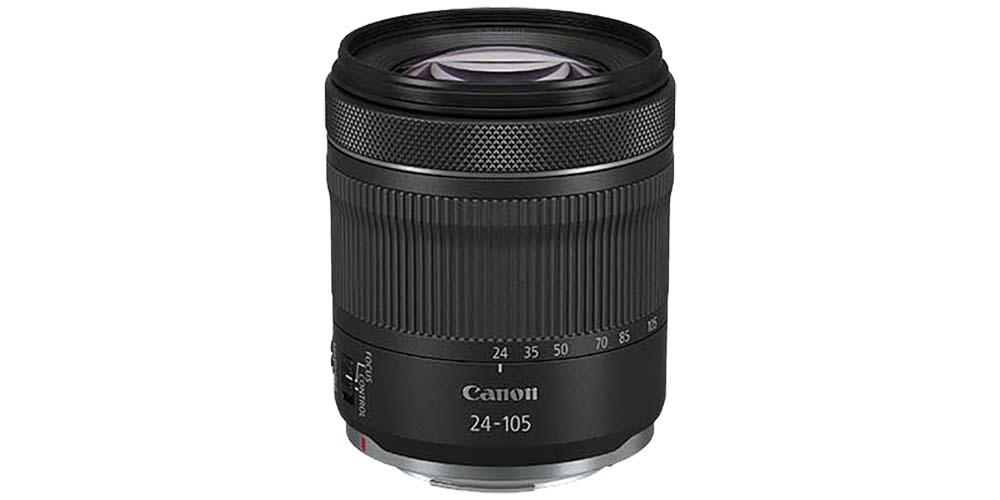 Canon RF 24-105mm F4-7.1 IS STM
Canon RF 24-105mm F4-7.1 IS STM
Canon RF 24-105mm F4-7.1 IS STM
If you’re a new user to the EOS R series, this is the place to start. The most affordable lens in the catalogue, the RF 24-105mm F4-7.1 IS STM is very similar to the above 24-105mm lens, sacrificing the constant aperture and the Nano USM motor in favour of a much more friendly price tag. You still get plenty of the EOS R system features like 5-stop image stabilisation, and the handy 13cm close focusing distance really expands your shooting flexibility.
Best for: Beginners, newbies to the system, travellers on a budget
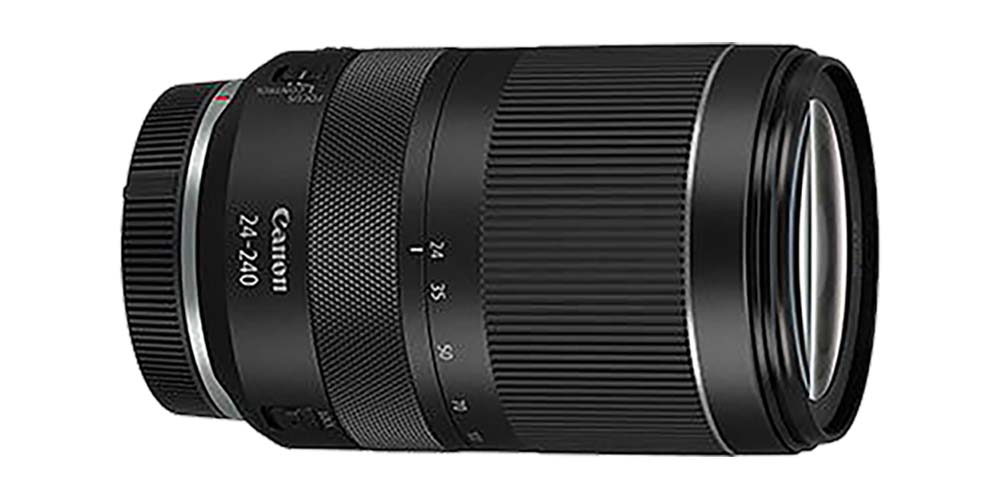 Canon RF 24-240mm F4-6.3 IS USM
Canon RF 24-240mm F4-6.3 IS USM
Canon RF 24-240mm F4-6.3 IS USM
If 24-105mm just isn’t enough zoom range for you, why not try this on for size? Canon’s RF 24-240mm is a 10x optical zoom, the broadest-range native zoom currently available for the system. Weighing an impressively slender 750g, this is a travel photographer’s dream come true, offering sharp performance throughout the zoom range, and also has clickless aperture control, which comes in handy when shooting movies.
Best for: Travel shooting, travelling light, shooting movies on the go
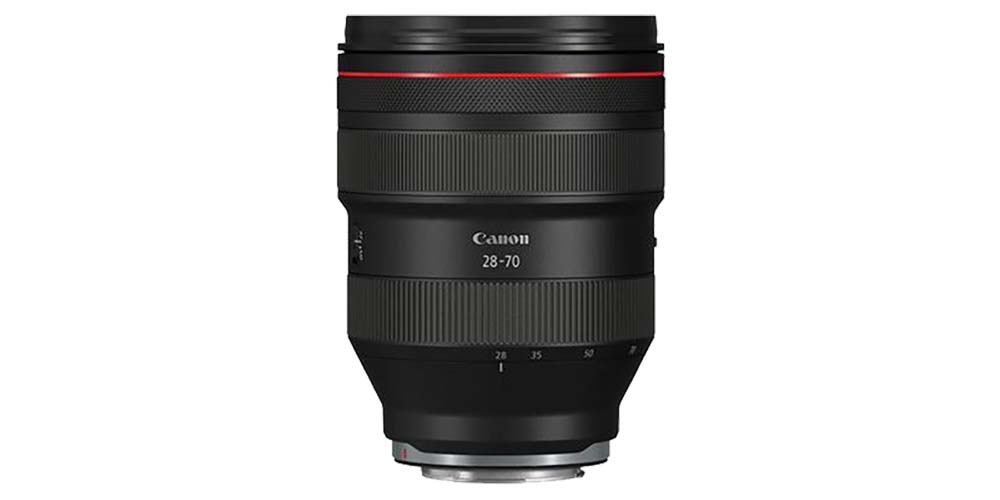 Canon RF 28-70mm F2L USM
Canon RF 28-70mm F2L USM
Canon RF 28-70mm F2L USM
Canon promises that this mid-range zoom sets new “standards” in photography (do you get it? Eh?) and while that’s a question for the historians, from our vantage point we can say this is an excellent standard zoom lens for all sorts of applications. Having f/2 opens up all sorts of possibilities, particularly in wedding photography and journalism, and with the ring-type USM motor present and correct, autofocusing is quick and quiet.
Best for: Weddings, travel, reportage
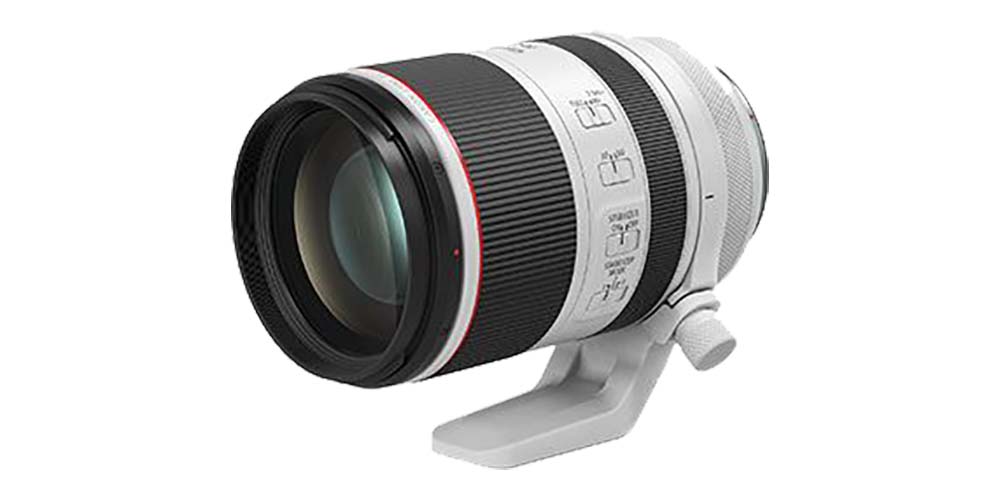 Canon RF 70-200mm F2.8L IS USM
Canon RF 70-200mm F2.8L IS USM
Canon RF 70-200mm F2.8L IS USM
The standard workhorse – no lens selection would be complete without a 70-200mm! Completing the aforementioned trilogy with the 15-35mm and 24-70mm, the RF 70-200mm F2.8L IS USM forms part of a setup that practically any working pro would be more than content with! The five-stop image stabiliser really comes into its own with this type of lens, and the fact that the lens works in near-silence does wonders for the user’s professional versatility.
Best for: Everyday professional use
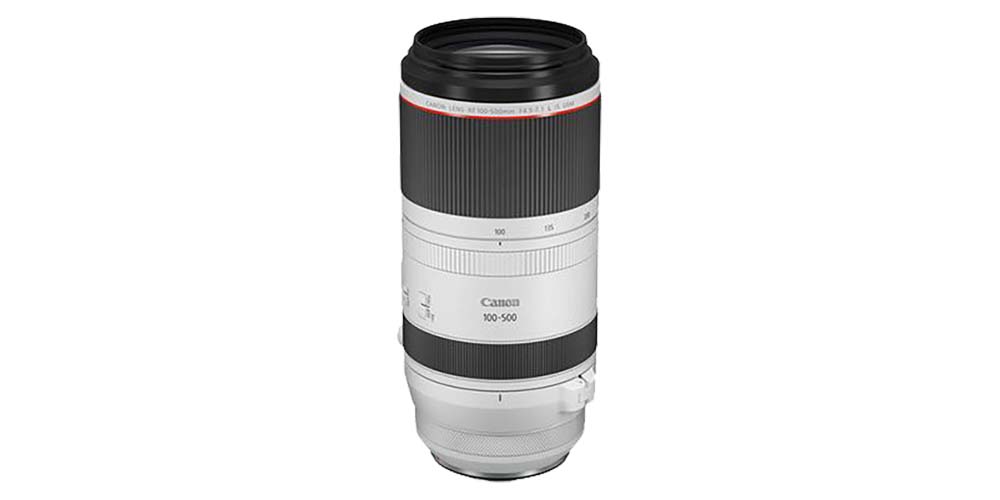 Canon RF 100-500mm F4.5-7.1 L IS USM
Canon RF 100-500mm F4.5-7.1 L IS USM
Canon RF 100-500mm F4.5-7.1 L IS USM
More and more pro photographers are discovering the wonders of 100-400mm lens for all sorts of work – see our interview with Times photographer Richard Pohle [article url tk] to discover why he rates them so highly – but Canon went one better for the RF mount and produced this amazing 100-500mm optic! With professionally-grade performance in a lightweight body, this is a superb lens for pros of all stripes.
Best for: Professional shooting, events, sports photography
EOS R Teleconverters for RF Lenses
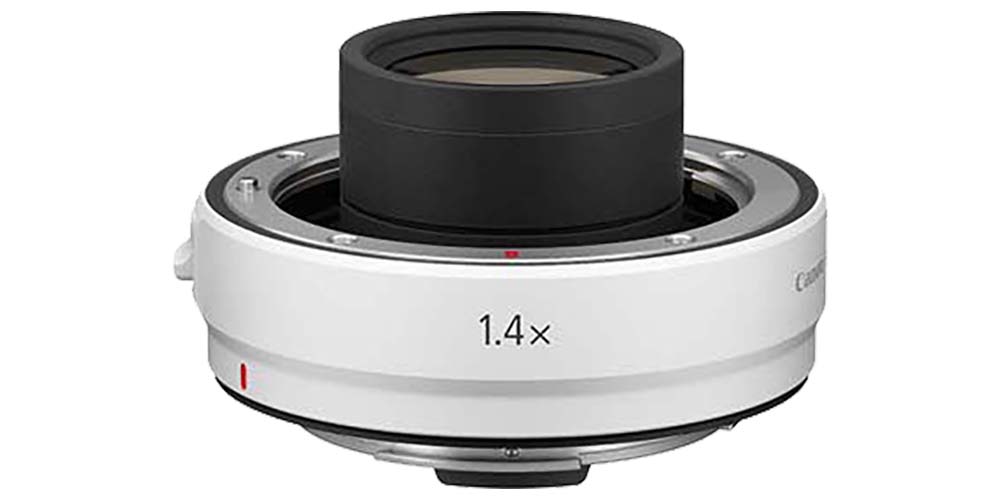 Extender RF 1.4x
Extender RF 1.4x
Extender RF 1.4x
A useful way to give your RF lenses a little extra reach, the Canon Extender RF 1.4x is a good tool to have in your back pocket for sports and reportage photography, just in case your setup doesn’t quite get you close enough. The extender controls for curvature of field and chromatic aberration, and also uses advanced lens coatings for superior light transmission. Its exterior is even coated with the same white heat shield coating as used on the RF 100-500mm F4.5-7.1L IS USM and RF 70-200mm lenses, allowing it to be used in high temperatures.
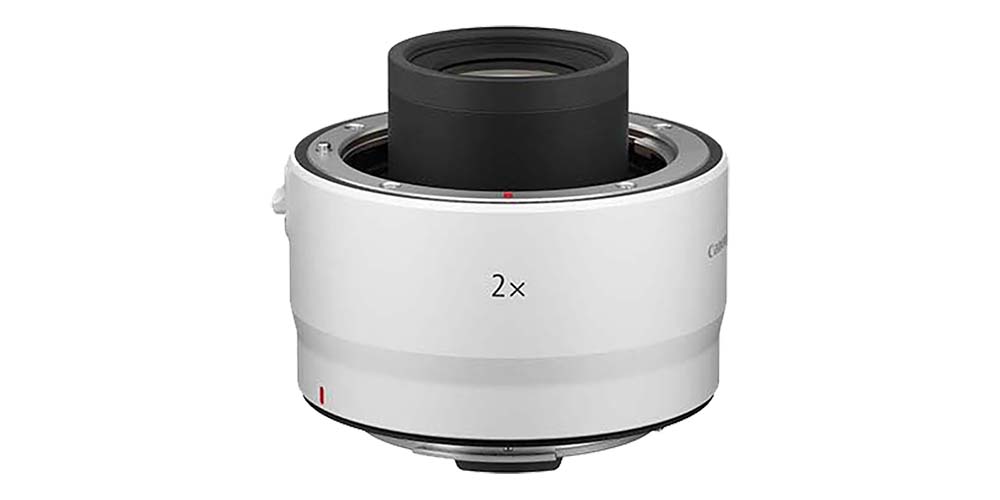 Extender RF 2x
Extender RF 2x
Extender RF 2x
Extend your reach even further with this teleconverter, which doubles your effective focal length without compromising image quality. Built just as tough as the 1.4x converter, the Extender RF 2x has also been made with the same level of care and attention to image quality, so you can shoot away at distance without worrying about your images being sub-par.

